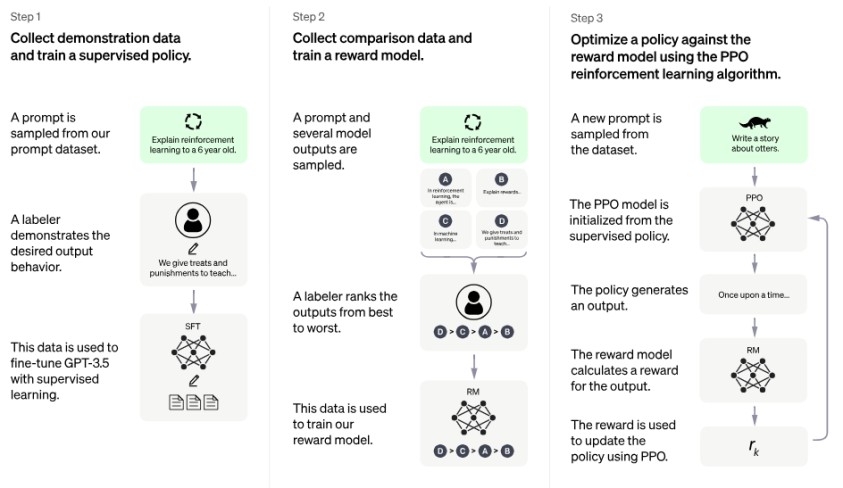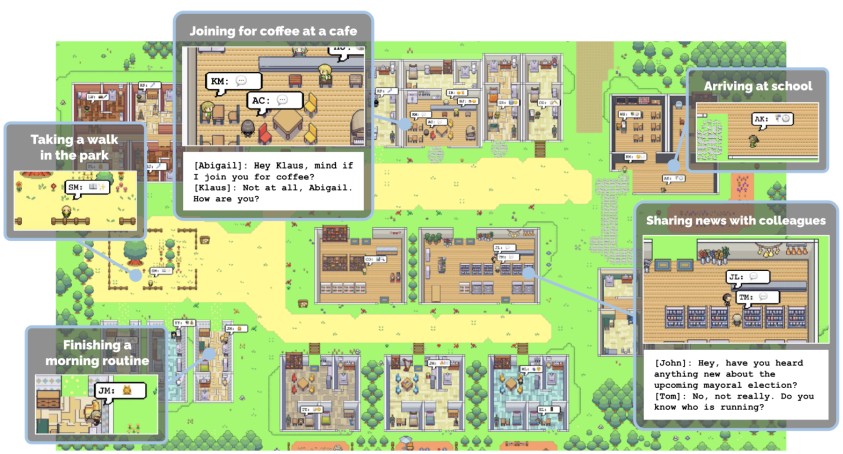
By Aidan Dunphy, Chief Product Officer, Esuasive
The most overused term in 2023 has to be “AI”. It’s magic dust sprinkled over mundane software, imbuing it with superpowers. Closest to topping out the Peak of Inflated Expectations in Gartner’s 2023 Hype Cycle for Emerging Technologies[1] are Generative AI and AI-Augmented Software Engineering.
As Microsoft tech expert Mat Velloso quipped in 2018[2]: “If it is written in Python, it's probably machine learning. If it is written in PowerPoint, it's probably AI.” He was poking fun at the prevalence of the term in sales pitches by and to people with little technical understanding (see McKinsey’s “What every CEO should know about generative AI”). Make no mistake, AI is the new Blockchain.
Self-built AI
The term “AI” itself isn’t helpful, but as illustrated by one unattributed Twitterverse genius[3] who defined it as “a poor choice of words in 1954”, it’s by no means a new thing. I myself attempted to build a natural language processor in BASIC and 6502 machine code on my Commodore 64 in 1984, inspired by a piece in Micro Live, or another of those great BBC TV programmes presented by Ian McNaught-Davis. Suffice it to say I failed, lacking a sufficient knowledge of language processing and the computing resources to automate it.
I never lost the fascination with AI, and was very excited by the ChatGPT launch on 30th November 2022. Sadly, in the intervening period I hadn’t much deepened my technical skills in this area, and have only a cursory understanding of how it actually works. This diagram illustrates the iterative fine-tuning process using Proximal Policy Organisation (PPO). Note to self: must read up on that.
[1] https://www.gartner.com/en/articles/what-s-new-in-the-2023-gartner-hype-cycle-for-emerging-technologies
[2] https://x.com/matvelloso/status/1065778379612282885?s=20
[3] https://www.ft.com/content/c1f6d948-3dde-405f-924c-09cc0dcf8c84

The iterative fine-tuning process using PPO used by OpenAI to create ChatGPT.
Notwithstanding my superficial tech chops, I’ve been all over the new breed of AI toys as they’ve arrived. A particular favourite is Fireflies.ai, which I’ve used since early 2021 to record, transcribe and analyse video calls. It’s saved loads of time, and probably loads of trees. I got into Dall-E and ChatGPT early doors, and pushed them to their limits.
Dumbness of the crowd
I have to say, once I got past the breathless excitement of a thousand AI founders, things started to look samey - lots of generative text/image clumsily shoe-horned into an existing SaaS, the only benefit being saving you tabbing over to ChatGPT, or yet another meeting recorder or diary organiser. I tried using generative tools for branding, and it was awful. I tried to develop novel ideas using ChatGPT, and found that you soon reach the last page of the Internet. I coined the term “dumbness of the crowd” for this phenomenon, in which generative AI dutifully summarises the mediocrity typical of 99.9% of the web. Average-in, average-out.
That said, one area in which AI has already made huge strides is the concept of “copilots” for software engineering, that can dramatically speed the process of ‘cranking out code’. I recently used it to generate a simple web app (HTML/CSS) and it made something I’d have muddled along with for several days into a two-hour job.
I also learned/remembered a lot along the way, as I altered its output to more closely match what I was looking for. This concept has inspired Microsoft to use the term “Copilot” for its own AI augmentations. So far Microsoft’s innovations look to be focused mainly on generative text augmentations of their 365 applications, and that offers the promise of more rapid product evolution and faster delivery for social housing software vendors like Esuasive, and for our customers.
Conversational Power Apps
A really interesting Copilot project available now in the US centres on using AI to create Power Apps conversationally. It remains to be seen how it will surpass previous attempts to put coders out of their jobs.
More, ahem, experienced practitioners will remember so-called 4th Generation Languages (4GLs) that were supposed to enable software to be created from natural language. Spoiler alert: it didn’t work. There was just no way to easily bridge the gap between what you want the software to solve, and making it. More recently, I’ve eagerly waited for a conversation-to-code AI platform to emerge, but am yet to find anything that works end-to-end. Some links in the chain include Uizard’s Autodesigner, Kombai.ai and Quest.ai. Maybe the new Power Apps Copilot is it!
In truth, I think AI hasn’t really got started yet - it’s artificial, but not yet intelligent enough. However I do think we’ll change our view of this over the next decade. An inkling of what’s to come can be seen in a Stanford University experiment[1] that created a sandbox for AI simulacra of autonomous humans inspired by the game The Sims, showing how it’s perfectly conceivable for AI-powered agents to make decisions about how to accomplish tasks, then get on and do them.

Some autonomous AI agents hanging out. No culture war as of yet, AFAIK.
You can try this yourself: AutoGPT (https://news.agpt.co/, watch out for impostors) is an open source project enabling the creation of autonomous agents that can learn how to accomplish a task by analysing and researching it on the Internet, then performing it step-by-step without needing continuous human prompting.
You might not call this “intelligent” behaviour, but for me it’s certainly a game-changer that will revolutionise IT. Today, IT solutions are built by humans, based on an (often flawed) understanding of the needs of other humans, and then are used by more humans who may not enjoy the experience or play the part expected of them. It’s an expensive, time-consuming and notoriously fragile process with insufficient focus on validated outcomes.

Software-delivered outcomes
Esuasive sets itself apart from legacy vendors by focusing on outcomes, and we believe it won’t be long before software-delivered outcomes can be created far more cheaply and quickly using AI. Nik Sachdeva, a program manager for Microsoft, recently suggested the use of AI agents to automate product development throughout[1]. They would research and interpret needs, create designs, build and ship code, take feedback and continuously improve. All without taking any time off or introducing malicious code to get back at the boss (I’d hope).
Why should this AI-led approach work better than 4GLs? Because GPT et al can be used as a specification tool with a far superior ability to understand and question what we’re aiming at. Coupled with the ability to automate Internet research, this could eliminate the “Well that’s what I thought you wanted” phenomenon, and hugely speed up feedback cycles. I can’t wait to see how this develops, and Esuasive will be investing heavily in this AI-augmented outcome-driven delivery in the coming year.
[1] https://medium.com/data-science-at-microsoft/the-era-of-co-pilot-product-teams-d86ceb9ff5c2